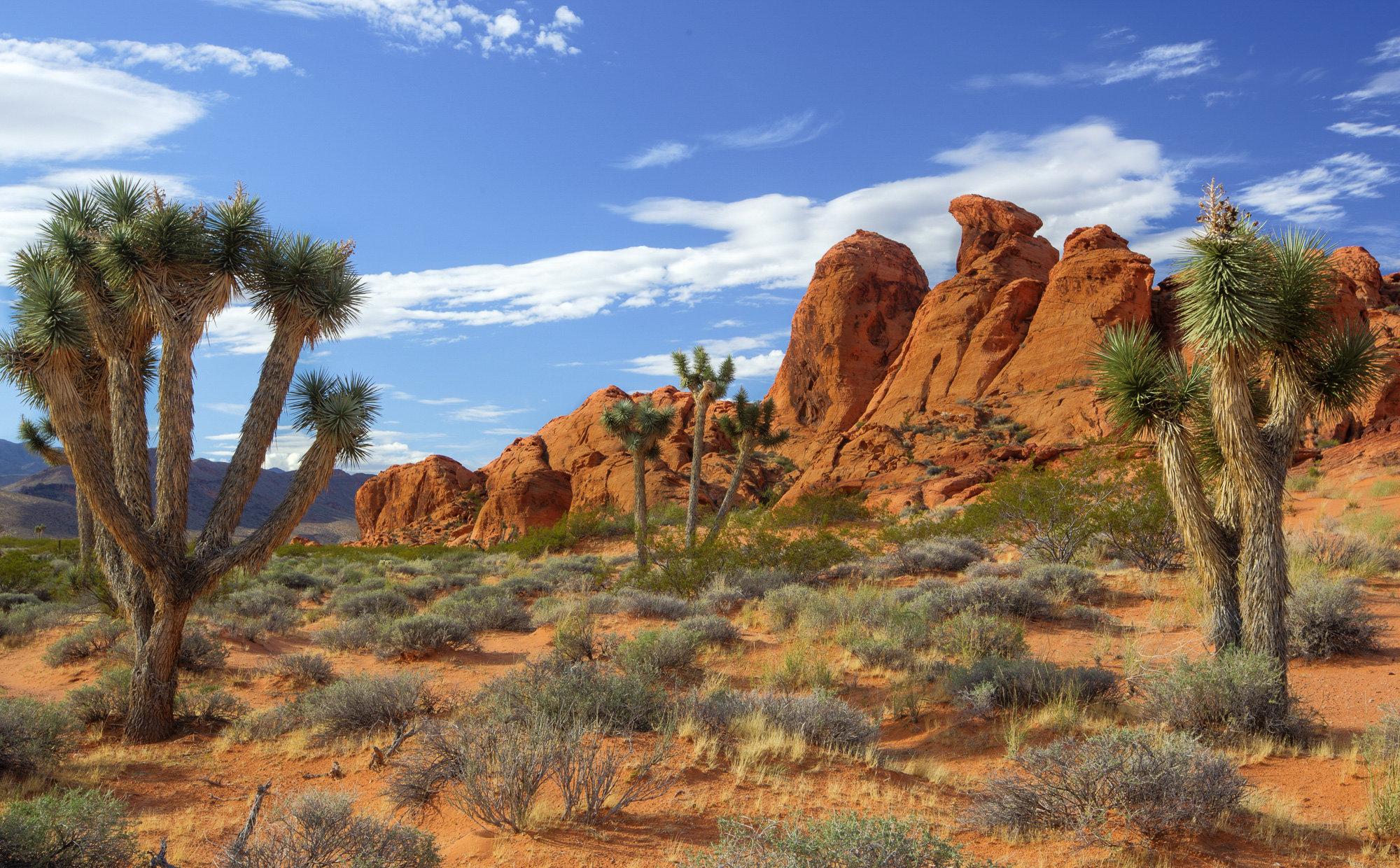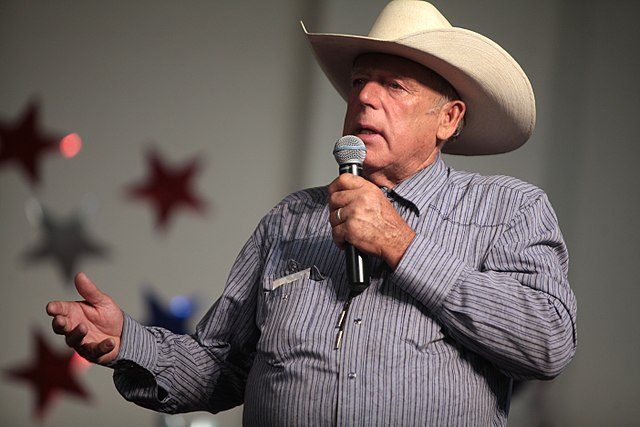Elections matter, and the 2018 midterm election mattered a lot.
Read MorePublic Lands in the 116th (2019–20) Congress

Administration
Elections matter, and the 2018 midterm election mattered a lot.
Read MoreOnly the half of NEPA that is procedural is enforceable in court against federal agencies that violate it. And now that half is under attack from the president and from Congress.
Read MoreIf the U.S. Army Corps of Engineers proposes to pave over the Earth, NEPA, in and of itself, will not stop them. All the Army has to do is prepare an environmental impact statement that considers a reasonable range of alternatives, proposes reasonable and prudent mitigation measures and fully discloses to the public the impact.
Read MoreWhat is necessary is nothing less than a near-total reinvention of the environmental movement—not in what we stand for but in how we work.
Read MoreThe courts, they are a-changin’. The public lands conservation community should not expect judicial victories in the future comparable to those of times past.
Read MoreThere are times when Congress acts in a visionary manner. (Is it less so today, or is it just me?) Such was the case in 1968 when it enacted into law the Wild and Scenic Rivers Act.
Read MoreThe sovereign State of California generally doesn’t like it when the sovereign United States of America conveys federal public lands with public values out of federal public ownership. Neither do I. But....
Read MoreDon’t tell anyone, but the more the Bundys—especially the patriarch, Cliven—talk, the better off are America’s public lands. This is true even if Cliven doesn’t again go off-script and full-on racist...
Read MoreThe bands of bozos that joined Cliven Bundy and his four sons in legally questionable escapades on federal public lands have mostly gotten away with it.... And now the conservation community has a chance to make sweet, sweet lemonade out of the Bundy lemons.
Read MoreAbstaining from mineral development offshore is the only way to protect the marine environment and the renewable resources that depend upon it.
Read MoreMany politicians call for a return to the era of bipartisanship as a solution to any woe. This call has resonance because the bipartisan era occurred in the living memory of baby boomers. But in the long arc of history this era did not last long, and the evidence of today does not give much hope of a return to it.
Read MoreSecretary of the Interior Ryan Zinke and I don’t agree on most public lands issues, including greater sage-grouse, national monuments, fossil fuel energy exploitation, and endangered species to name a few. But we do agree on at least one matter: Solar panels don’t belong on public lands.... While photovoltaic panels can happily and profitably live on roofs in town, bighorn sheep, desert tortoises, and sage-grouse cannot.
Read MoreBack in the day, an Act of Congress, signed into law by President Theodore Roosevelt on June 8, 1906, soon after became commonly known as the “National Monument Act.” The more recently used name of the “Antiquities Act of 1906” must now be changed back to “National Monument Act of 1906.”
Read MoreMarine protected areas (MPAs) in the United States exist to preserve our nation’s marine resources for this and future generations. About 26 percent of US marine waters are protected in some kind of MPA, defined ... as “any area of the marine environment that has been reserved by federal, state, territorial, tribal, or local laws or regulations to provide lasting protection for part or all of the natural and cultural resources therein.” A few MPAs known as marine reserves or no-take MPAs (amounting to about 3 percent of US waters) do not allow hunting, fishing, or collecting. The purpose of these no-take MPAs, which include marine national monuments, is to sustain fisheries and allow ecosystems to recover from environmental stressors.
Read MoreThe United Nations recently announced twenty-three additions to the World Network of Biosphere Reserves (WNBR). At the same council meeting where those additions were made, a request by the United States to remove seventeen was also approved. The Trump administration has trumpeted its general disdain for the United Nations, but this withdrawal was done without fanfare and so received very little press coverage.
Read MoreIt's all about the Bears Ears National Monument in southern Utah. Source: Tim Peterson, Grand Canyon Trust.
Public comments are being taken on the regulations.gov website until May 26, 2017, for Bears Ears National Monument and until July 10, 2017, for all the other national moments on the Trump hit list. Register your opinion by clicking the “Comment Now!” button. You have my permission to be frank, blunt, terse, profane, and/or eloquent.
Read More“Birds should be saved for utilitarian reasons; and, moreover, they should be saved because of reasons unconnected with dollars and cents. A grove of giant redwoods or sequoias should be kept just as we keep a great and beautiful cathedral. The extermination of the passenger-pigeon meant that mankind was just so much poorer. . . . And to lose the chance to see frigate-birds soaring in circles above the storm, or a file of pelicans winging their way homeward across the crimson afterglow of the sunset, or a myriad of terns flashing in the bright light of midday as they hover in a shifting maze above the beach-why, the loss is like the loss of a gallery of the masterpieces of the artists of old time.”
This least outdoors-loving American president makes me appreciate the most outdoors-loving president, Theodore Roosevelt. TR spent many a night outside of a bed under the open stars, including three nights in the Sierra with John Muir. Before TR left office in 1909, he had established, sometimes with Congress and sometimes without: 51 bird reservation, four national game reserves, five national parks, 18 national monuments, and 150 national forests. I fear the losses to be toted up when Trump leaves office.
Read MorePresident Trump signed an executive order on April 26, 2017, that directs Secretary of the Interior Ryan Zinke to review sixty-two of the last three presidents’ national monument proclamations, dating back to 1996. The review will result in a final report in four months that “shall include recommendations, Presidential actions, legislative proposals, or other actions consistent with law.”
The administration is interested in either totally abolishing, reducing in size, and/or weakening the protections for national monuments. Those prerogatives belong to Congress. If Trump tries, he’ll get a multitude of tweets saying, “See you in court!”
Read MoreAt 61 and with acrophobia, I’m no use in climbing old trees to defend them from the chainsaw. But a younger generation of activists will sit, en masse, in those threatened old-growth trees, in front of bulldozers, and/or in appropriate offices. And if it comes to that, I’m happy to get arrested in offices of the Forest Service, the Bureau of Land Management, the Republican Party, the timber industry, or elected officials.
Bring it on, President Trump. Bring it on, Big Timber. Bring it on, Rep. Walden. Go ahead, make my day: reignite the Pacific Northwest timber wars.
Let the battle be joined, as nothing less is at stake than the lands and forests we leave to future generations.
Read MoreThere are those days where one is reminded, by a proverbial kick in the gut, that life is not fair. Such was the day of the general election of November 2016.
I take solace in the fact that this was not an election about public lands or climate change. Nonetheless, the consequences to public lands and climate change will likely be grave....
The ultimate backstop for public lands and climate change is the American electorate. I am confident that most care about public lands and enough care about climate change so that we can persevere and—in the end—be victorious on both
Read More











